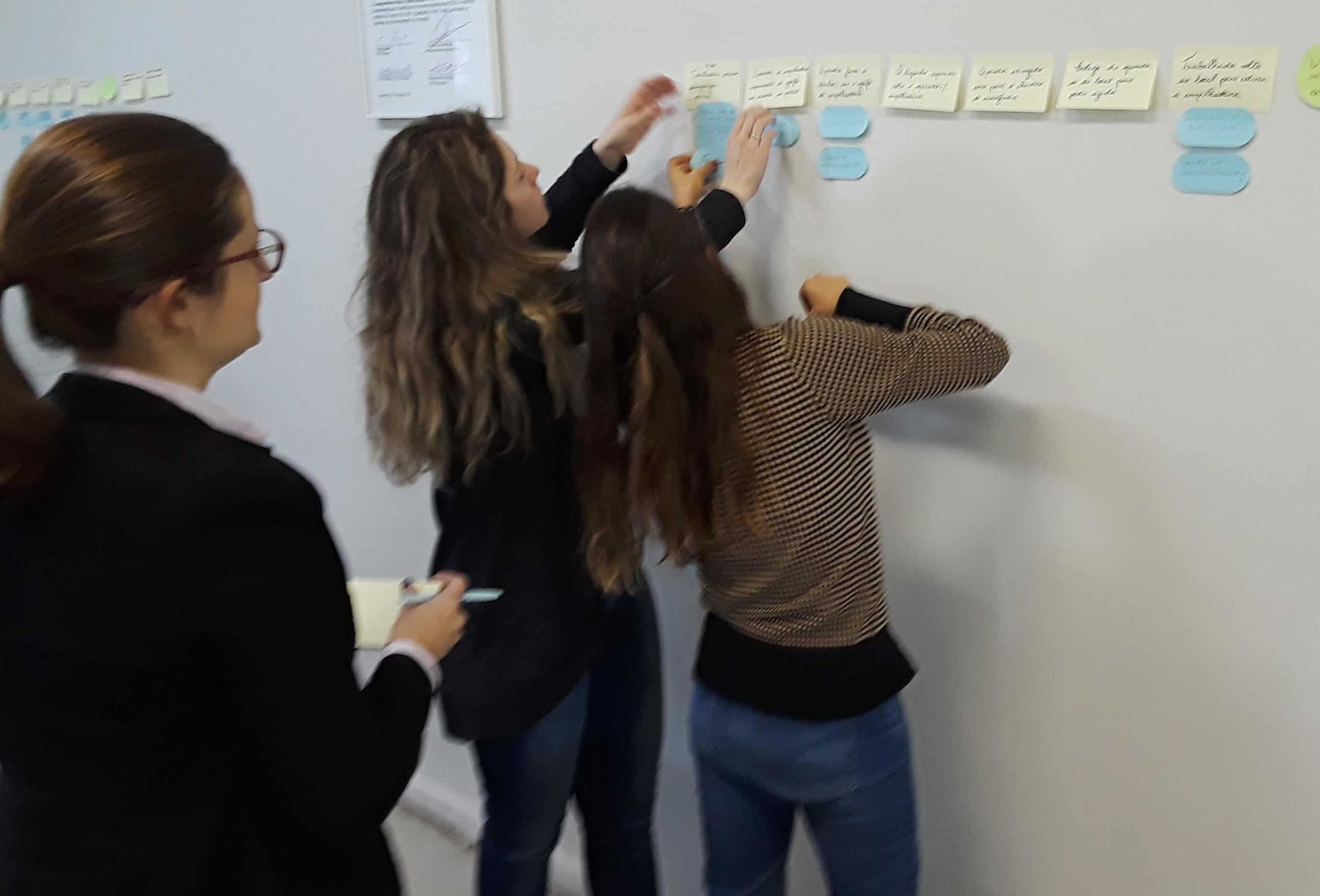How to Go Beyond Root Cause Analysis

Beyond Root Cause Analysis
Have you ever thought about going beyond root cause analysis? TapRooT® Root Cause Analysis Users do all the time.
Before we can discuss going beyond root cause analysis, we will have to understand some basic terminology.
What is a Root Cause?
CLICK HERE for an article about the definition of a root cause.
In summary, we started with this definition (developed from 1985-1992)…
ROOT CAUSE
The most basic cause (or causes)
that can reasonably be identified
that management has control to fix and
will prevent (or significantly reduce the
likelihood of) a repeat incident.
That was a good start and became the basis for developing the TapRooT® Root Cause Analysis System, but as time passed, we found that we had a better, more modern definition:
MODERN DEFINITION OF A ROOT CAUSE
The absence of a best practice
or the failure to apply knowledge
that would have prevented the problem.
Rarely does an accident happen that we didn’t already know how to prevent. The absence of a best practice or the failure to apply the knowledge we already possess allows an accident to occur. But why do we need root cause analysis if we know the answers? Because “we” (the world) know the answers, the company or facility that had the incident doesn’t know the knowledge or best practice or failed to apply it. That is why THEY need root cause analysis.
What is Root Cause Analysis?
If you use the second definition of root cause from above, then root cause analysis is:
WHAT IS ROOT CAUSE ANALYSIS?
“The systematic process of finding the
missing best practices or knowledge
needed to prevent a problem.”
But how do you go beyond root cause analysis?
Going Beyond Root Cause Analysis
If you are familiar with TapRooT® Root Cause Analysis, you are familiar with finding “Generic Causes.”
Generic Causes start with root causes and then go beyond the root cause to find what allows the root cause to exist. Fixing Generic Causes can help you eliminate whole classes of problems. Here is an example…
Let’s say you have a problem with a procedure with more than one action in a step. On the Root Cause Tree® Diagram, you would identify the root cause:
“more than one action per step“
To fix that procedure, you would rewrite the procedure with just a single action per step.
Once you have finished fixing the one procedure involved in this incident, you might start thinking:
“What about our other procedures?“
“Do those procedures have similar problems?“
What if many procedures have “more than 1 action per step?” Then you have a Generic Cause, and you need to fix it.
Recommendations for fixing Generic Causes are included in the TapRooT® Corrective Action Helper® Guide and Module of the TapRooT® Software. Here is the guidance for fixing the Generic Cause of “more than one action per step:”

Note that the Corrective Action Helper® Guide/Module also provides references to help you learn more about the problem you are correcting.
Find Out More About Going Beyond Root Cause Analysis
TapRooT® Root Causes Analysis goes beyond root cause analysis. We call it advanced root cause analysis.
Would you like to learn more about advanced root cause analysis? Then, we recommend that you attend a TapRooT® Root Cause Analysis Course.
CLICK HERE for information about the courses we provide.

For the dates and locations of our public advanced root cause analysis training, CLICK HERE.
And remember, these courses are guaranteed…
Course Guarantee:
Attend our course, go back to work, and use what you have learned to analyze accidents, incidents, near-misses, equipment failures, operating issues, or quality problems. If you don’t find root causes that you previously would have overlooked and if you and your management don’t agree that the corrective actions that you recommend are much more effective, just return your course materials and we will refund the entire course fee.
Don’t wait to register. Our courses have a limited number of seats, so register early to guarantee your first choice.



